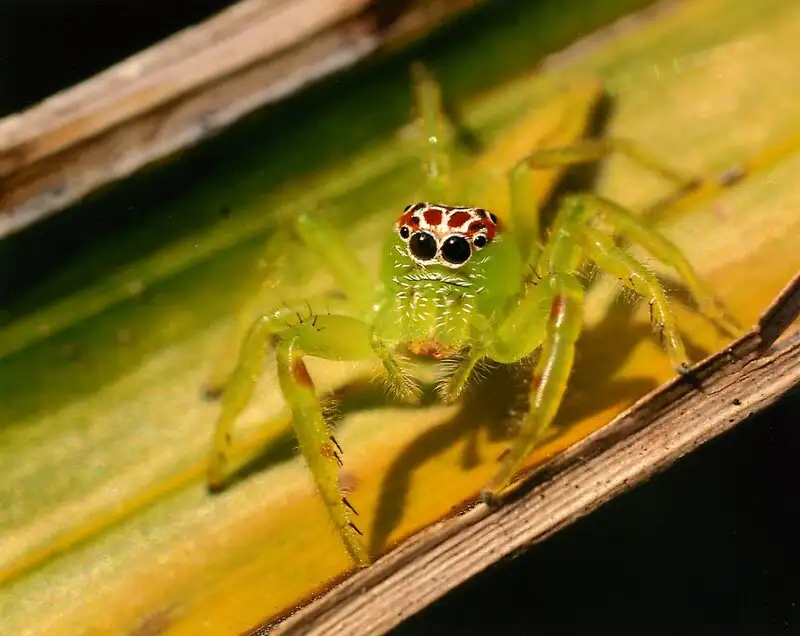
Jumping Spiders
Salticidae (e.g. Phidippus spp.)
Jumping spiders are members of the family Salticidae, famous for their excel···
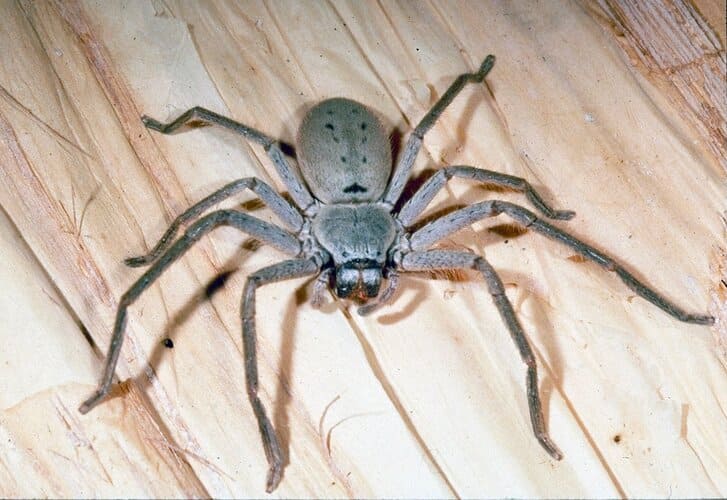
Huntsman Spiders
Sparassidae (e.g. Heteropoda spp.)
Huntsman spiders are large, fast-running spiders belonging mainly to the fam···
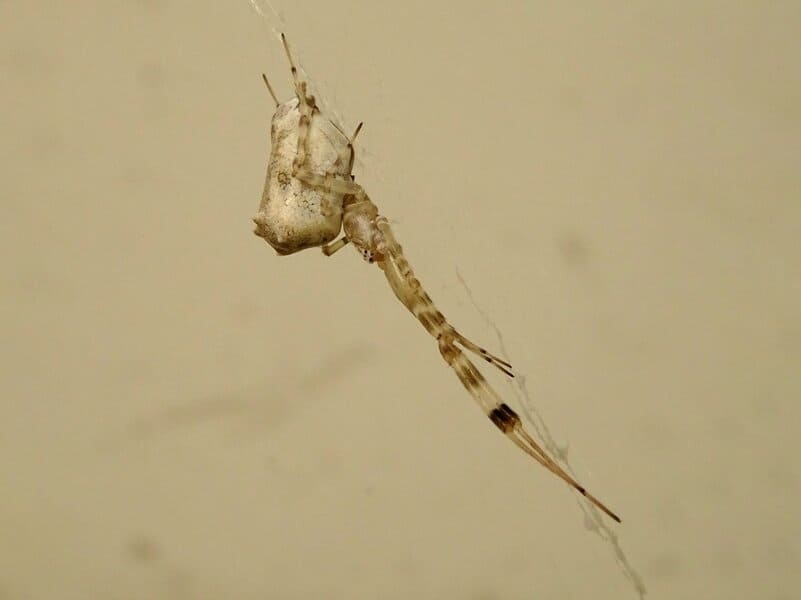
Hackled Orb-weavers
Uloboridae (e.g. Uloborus spp.)
Hackled orb-weavers are spiders whose capture threads bear a distinctive woo···
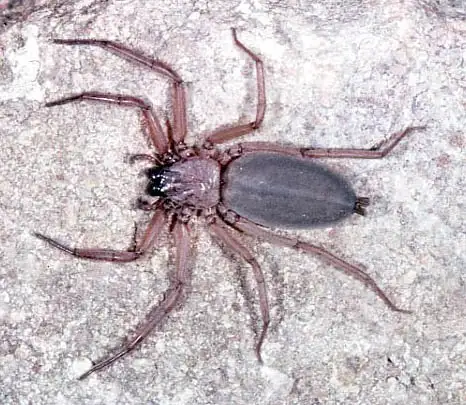
Ground Spiders
Gnaphosidae (e.g. Gnaphosa spp.)
Ground spiders are a broad group of mainly ground‑dwelling spiders, most co···
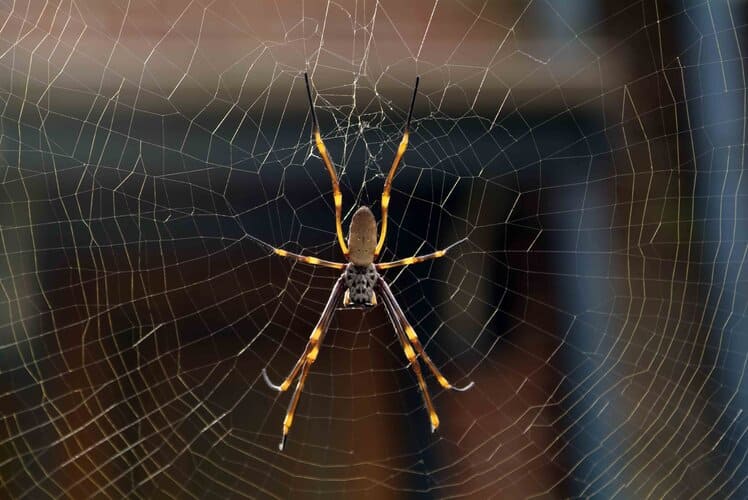
Golden Orb‑weaving Spiders
Araneidae (e.g. Trichonephila spp.)
Golden orb‑weaving spiders are striking members of the family Araneidae tha···
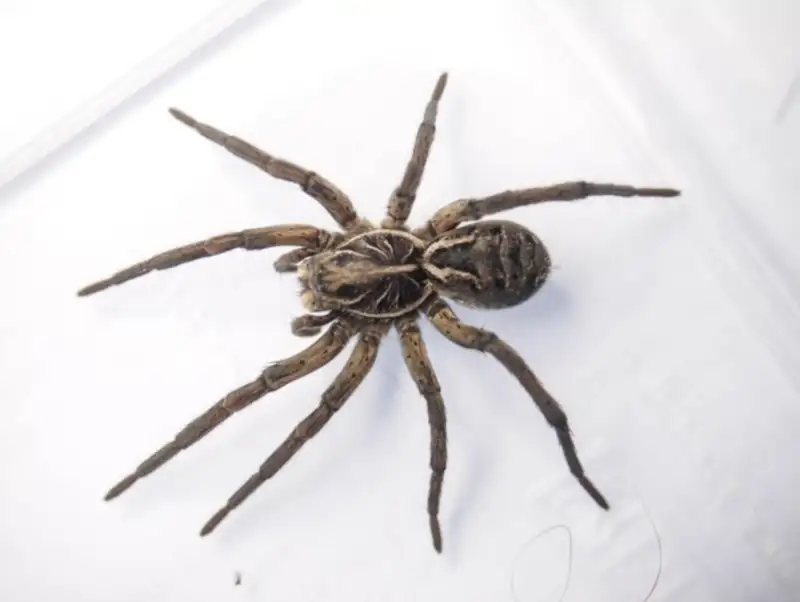
Garden Wolf Spider
Lycosidae (e.g. Lycosa spp.)
Garden wolf spiders are ground‑dwelling members of the family Lycosidae tha···
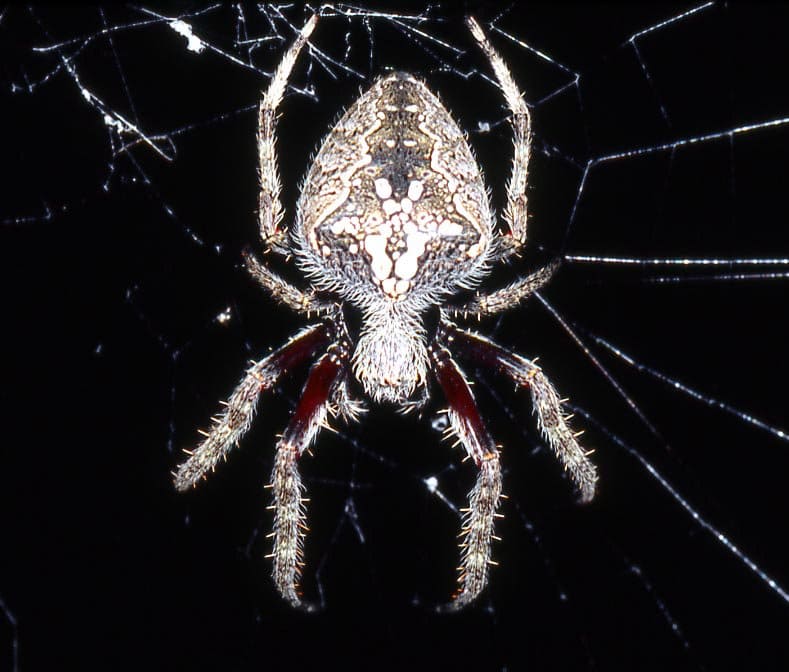
Garden Orb‑weaving Spiders
Araneidae (e.g. Eriophora spp.)
Garden orb‑weaving spiders are a loose group of species within the family A···
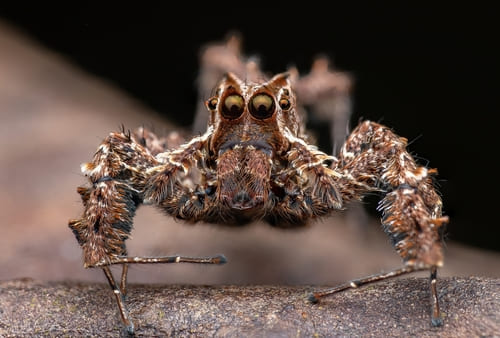
Fringed Jumping Spider
Portia fimbriata
The Fringed Jumping Spider (Portia fimbriata) is a member of the family Salt···

Foliage Webbing Spider
Phryganoporus candidus
OverviewThe Foliage Webbing Spider, Phryganoporus candidus, is a small socia···
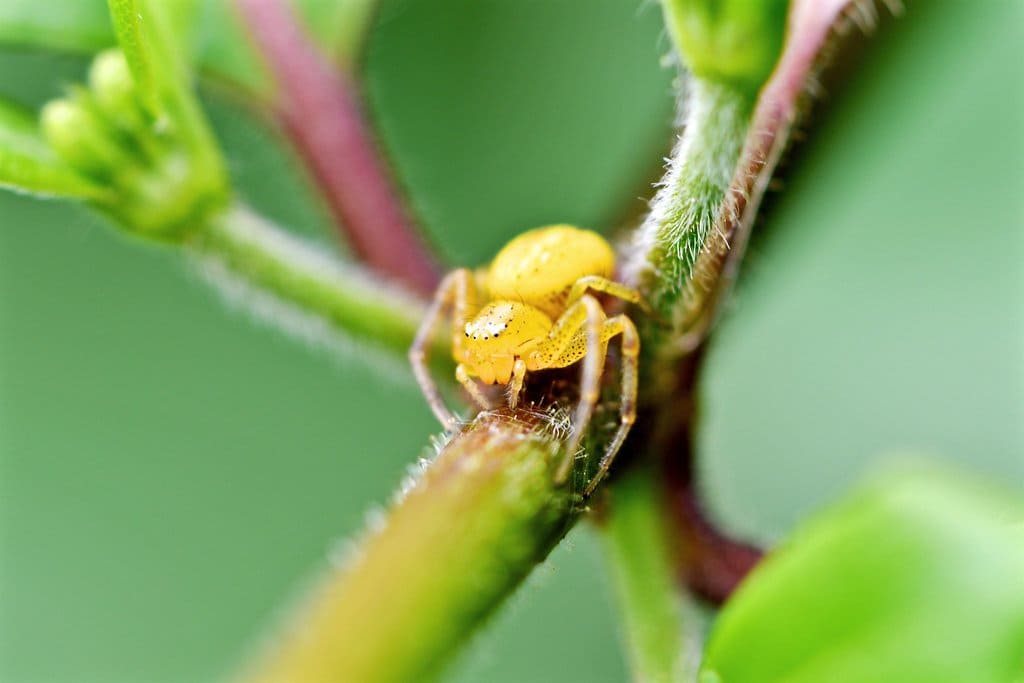
Flower spiders
Thomisidae (e.g., Misumena, Thomisus and other flower-dwelling genera)
Flower spiders, often called flower crab spiders, are members of the family ···
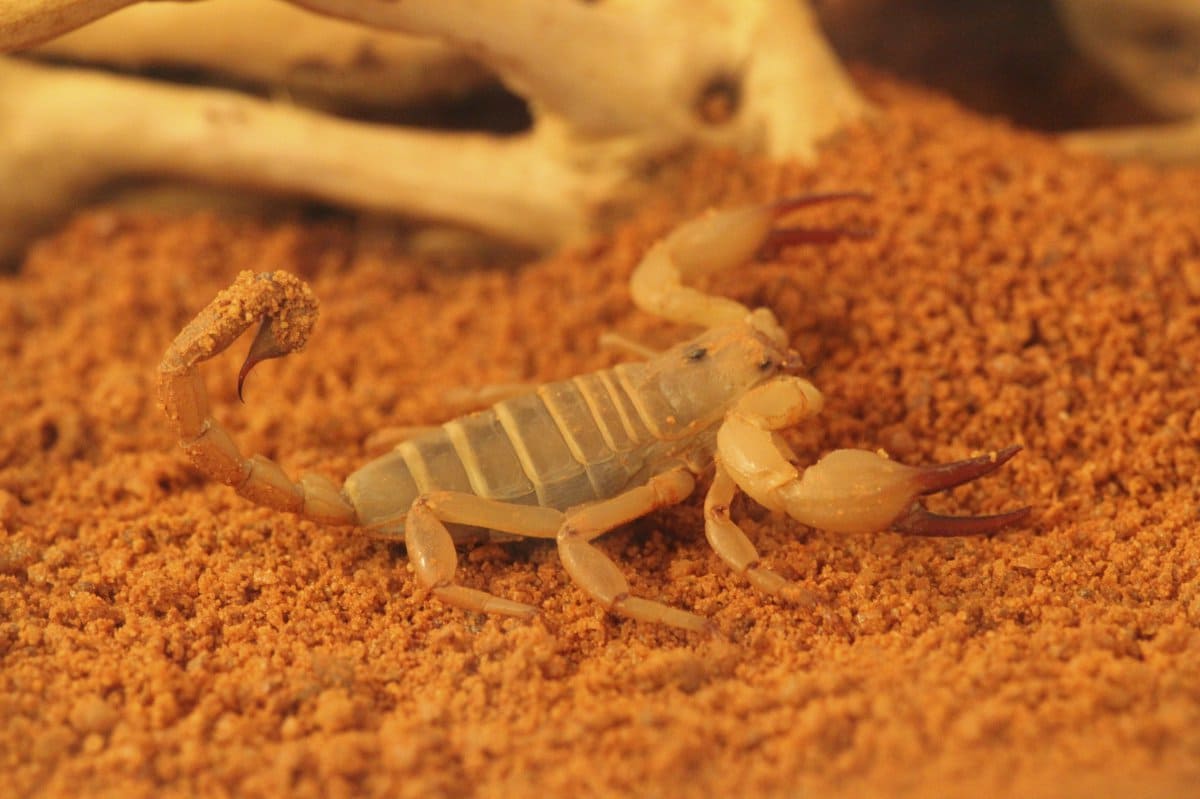
Desert Scorpion
Urodacus yaschenkoi
In Australia, the name Desert Scorpion commonly refers to the Yellow Desert ···
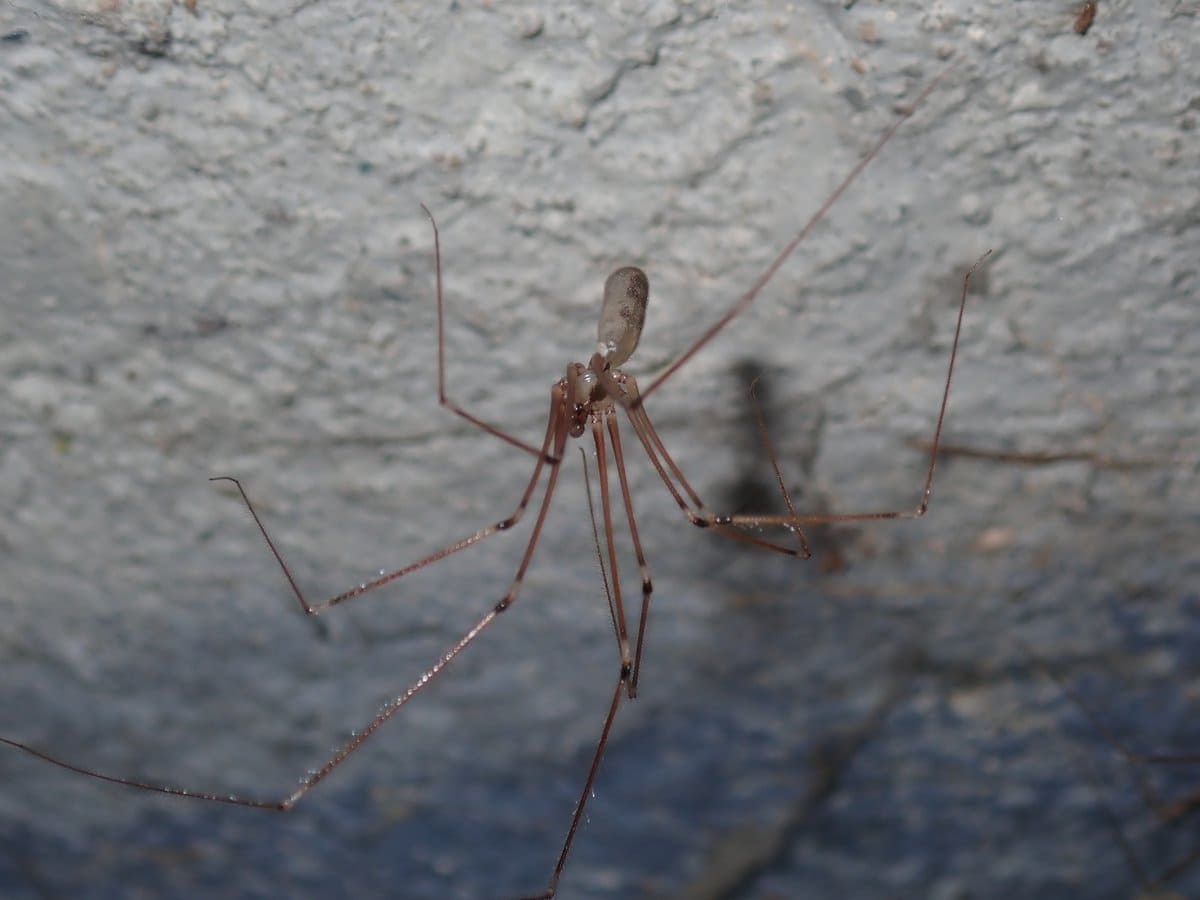
Daddy-long-legs Spider
Pholcus phalangioides (and related cellar spiders)
Daddy-long-legs Spider in household contexts usually refers to the cellar / ···
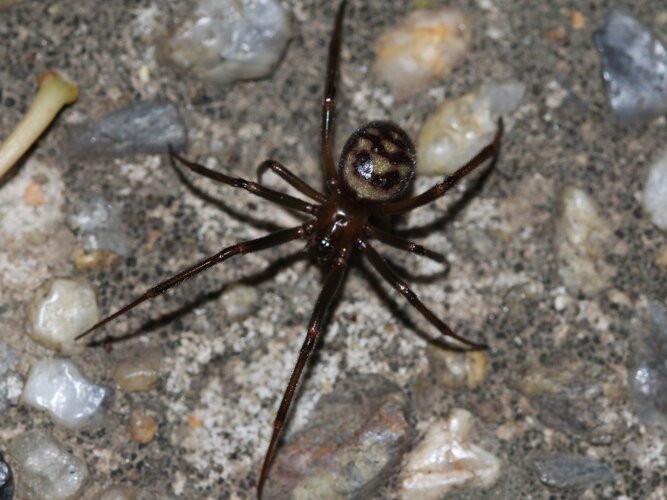
Cupboard spiders
Steatoda grossa (and similar Steatoda spp.)
Cupboard spiders commonly refer to comb‑footed spiders of the family Therid···
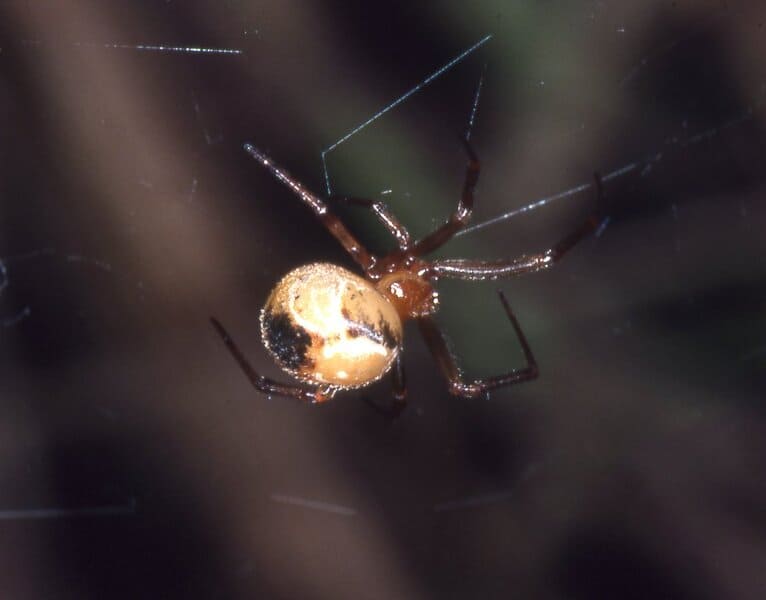
Comb‑footed platform spiders
Theridiidae (e.g., Parasteatoda, Steatoda)
Comb‑footed platform spiders refer to members of the family Theridiidae tha···
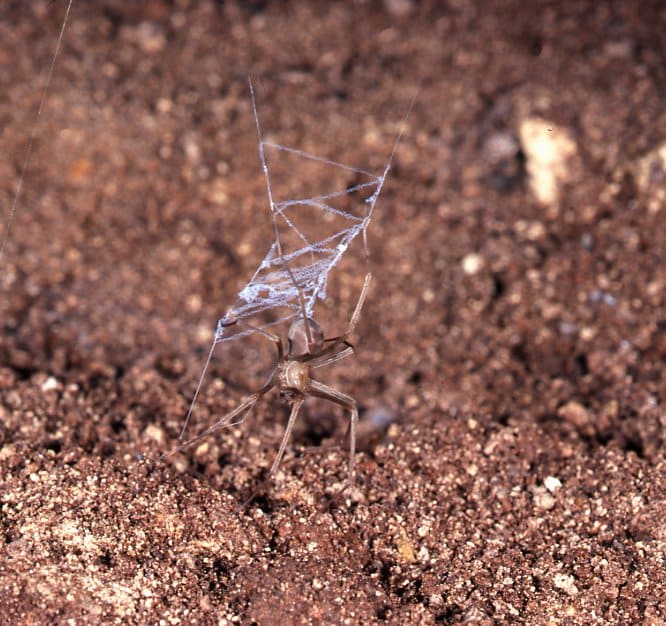
Carrai Cave Spider
Progradungula carraiensis
The Carrai Cave Spider (Progradungula carraiensis) is a cave‑dwelling gradu···
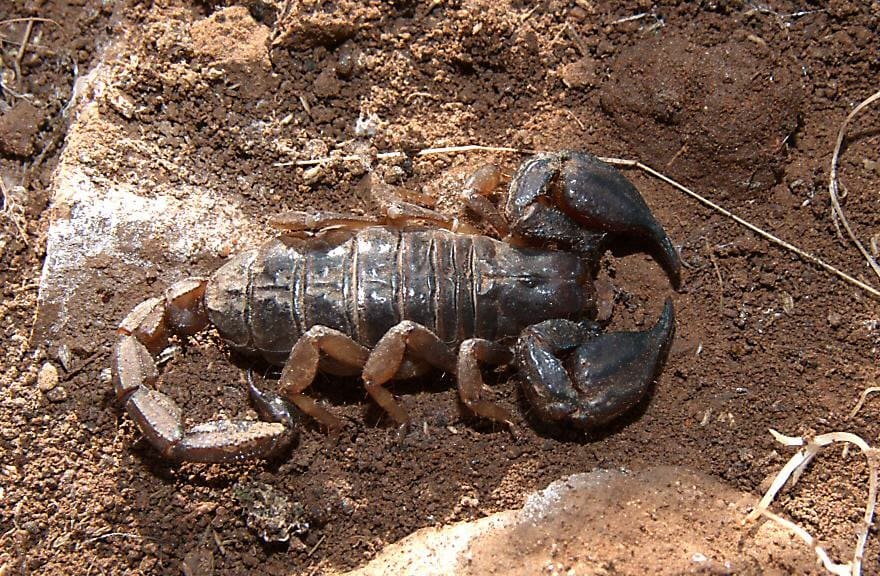
Black Rock Scorpion
Urodacus manicatus
The Black Rock Scorpion (Urodacus manicatus) belongs to the Australian famil···
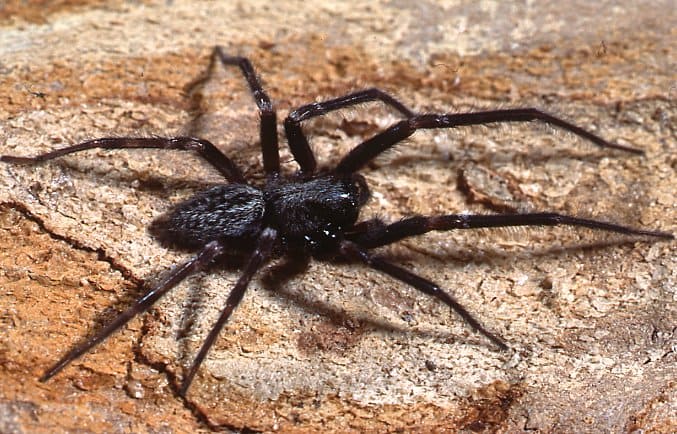
Black House Spider
Badumna insignis
The Black House Spider (Badumna insignis) is a desid spider native to Austra···
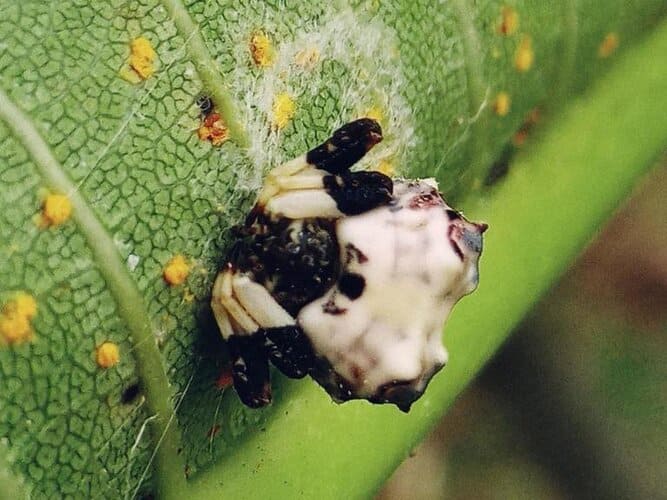
Bird‑dropping spiders
Araneidae (notably Celaenia excavata)
Bird‑dropping spiders are orbweavers that masquerade as bird droppings. The···
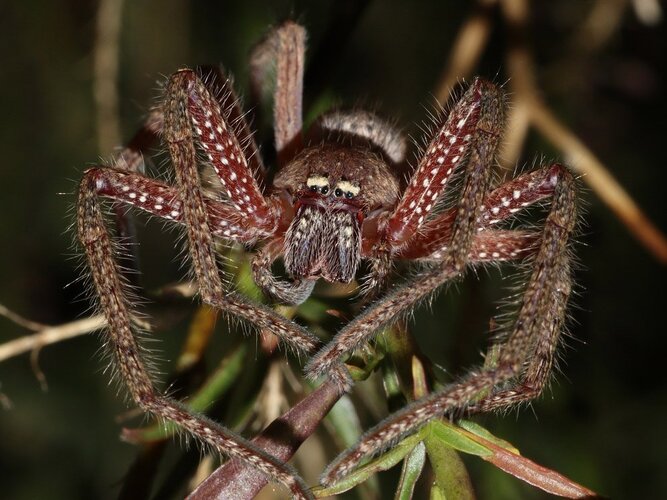
Badge huntsman spiders
Neosparassus (family Sparassidae)
Badge huntsman spiders primarily refer to the Australian genus Neosparassus ···
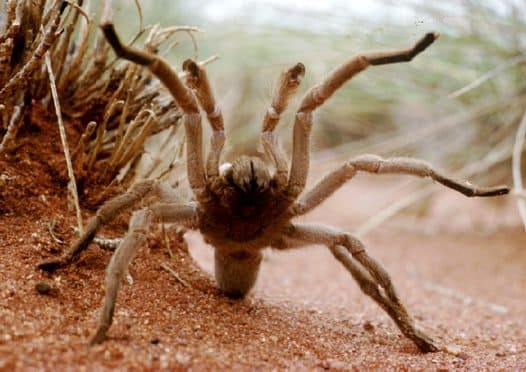
Australian tarantulas
Theraphosidae (e.g., Selenocosmia, Phlogius, Selenotholus, Selenotypus)
Australian tarantulas, locally known as whistling spiders, belong to the fam···
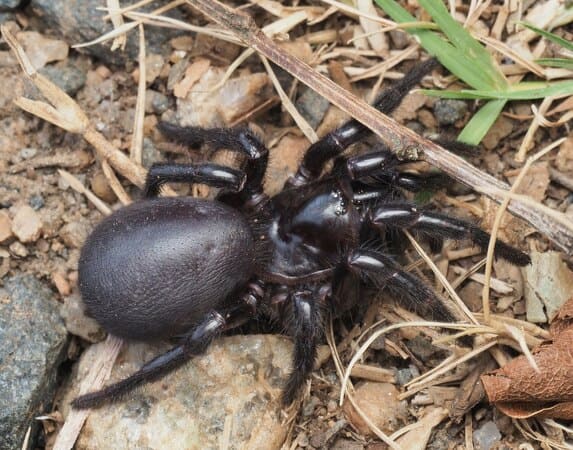
Australian funnel‑web spiders
Atracidae (notably Atrax, Hadronyche, Illawarra)
Australian funnel‑web spiders chiefly refer to the family Atracidae, includ···
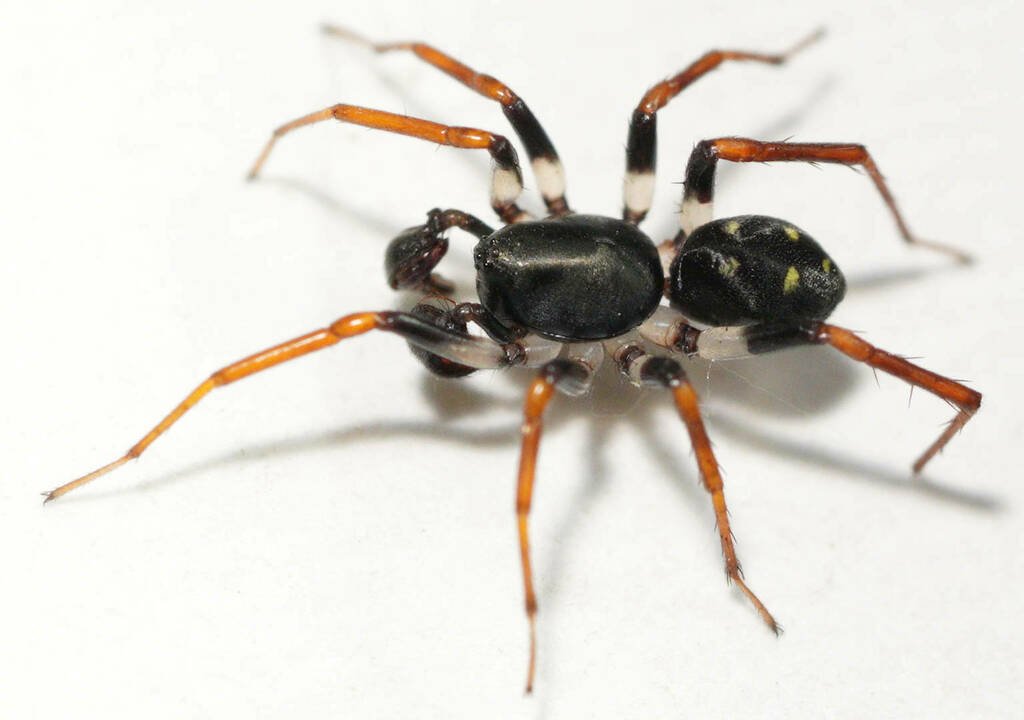
Ant‑eating spiders
Zodariidae (e.g., Zodarion; plus some myrmecomorphic salticids)
Ant‑eating spiders commonly refers to Zodariidae and related ant‑specialis···
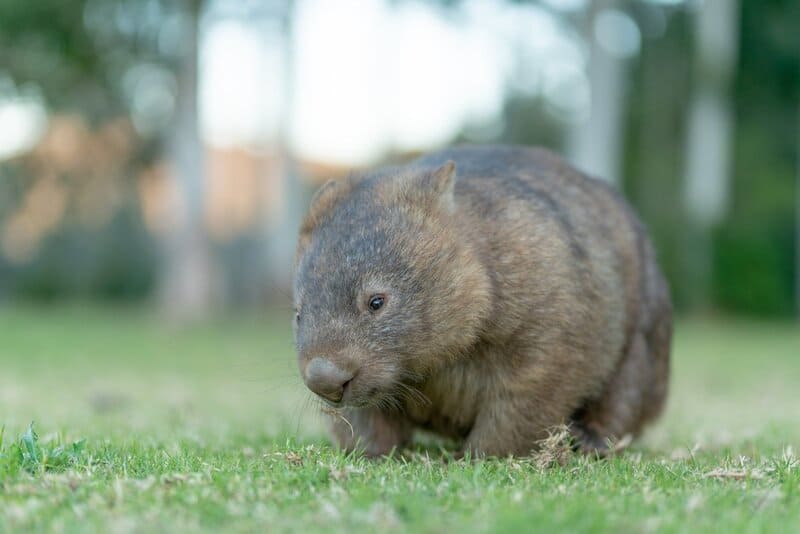
Common Wombat
Vombatus ursinus
The common wombat (Vombatus ursinus) is a burrowing marsupial of Vombatidae ···
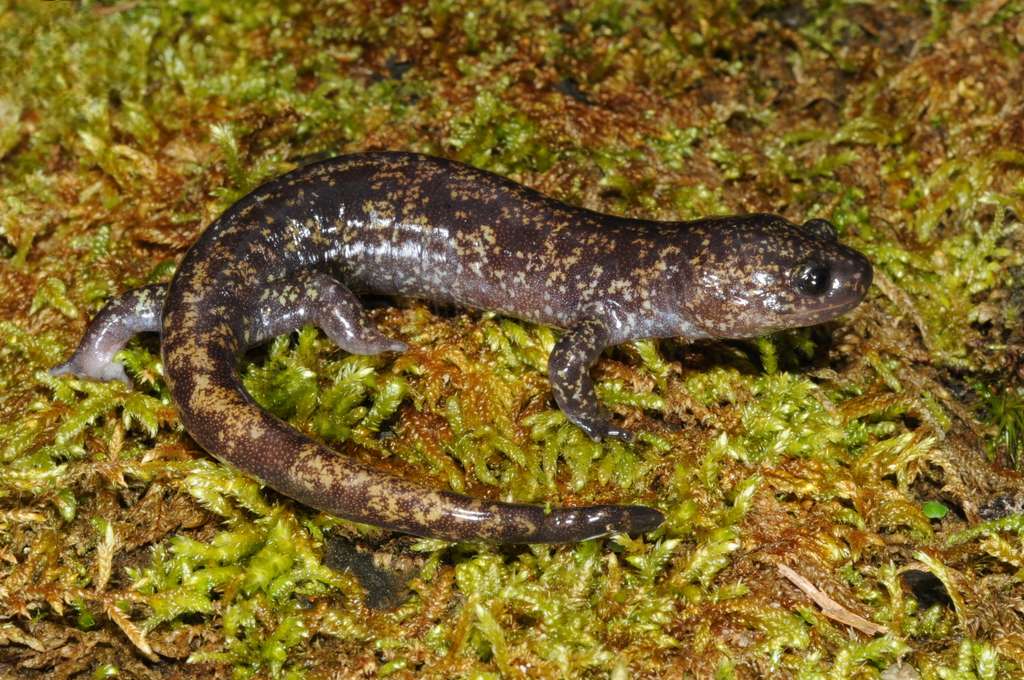
Hynobius formosanus (Formosan Salamander)
Hynobius formosanus
Hynobius formosanus—the Formosan salamander—is a Taiwan‑endemic hynobiid ···
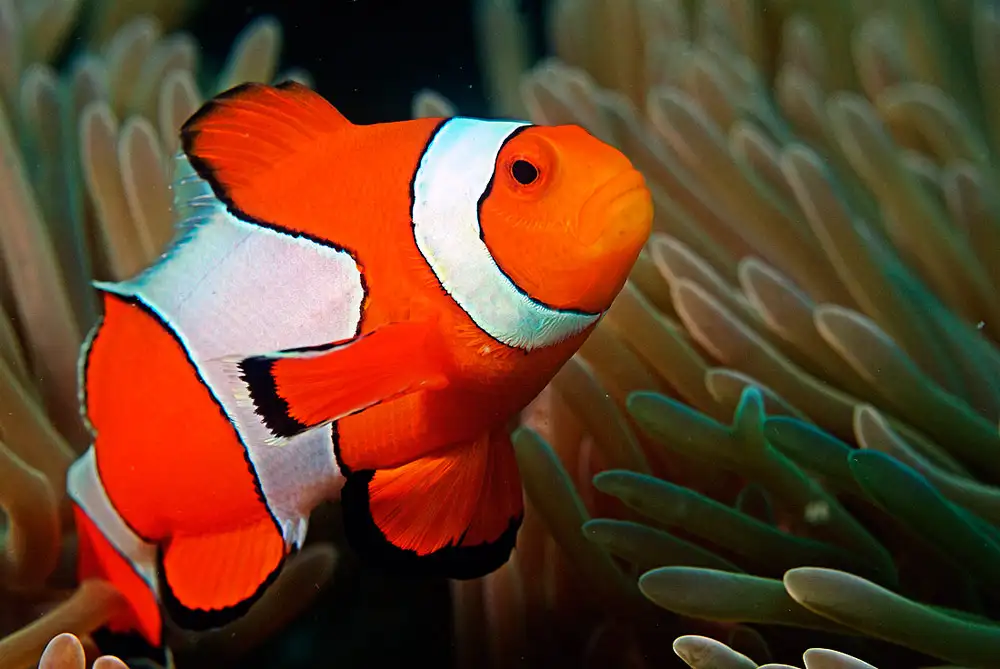
Amphiprioninae (Clownfishes · Group overview)
Amphiprioninae (genus Amphiprion; some systems merge Premnas into Amphiprion)
Amphiprioninae—the clownfishes/anemonefishes—is a subfamily of Pomacentrid···
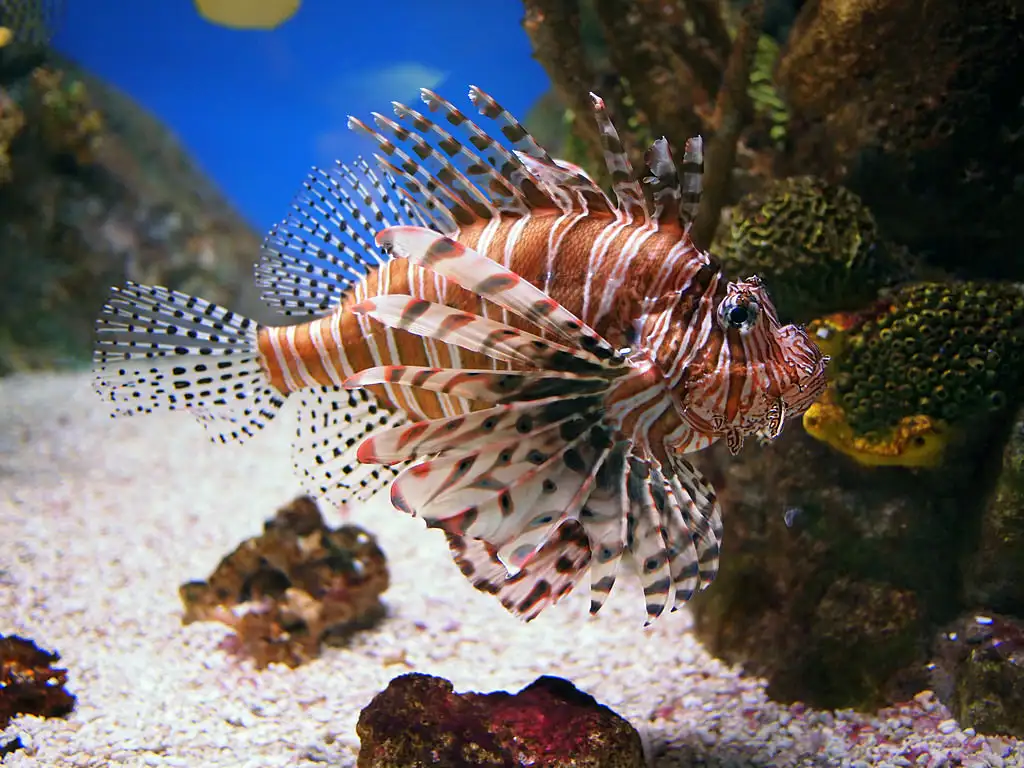
Pterois volitans (Red Lionfish)
Pterois volitans
Pterois volitans—the red lionfish—is a scorpionfish (family Scorpaenidae) ···
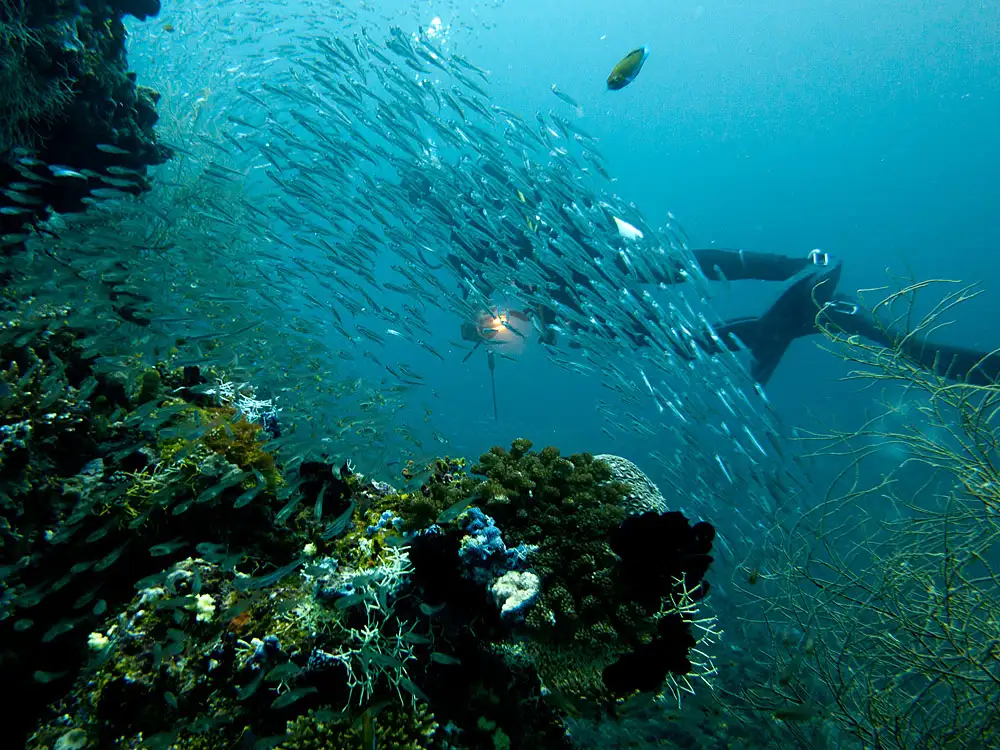
Sardine (group overview)
Clupeidae (notably Sardina, Sardinops, Sardinella)
Sardines are small, schooling, oily fishes of the family Clupeidae, notably ···
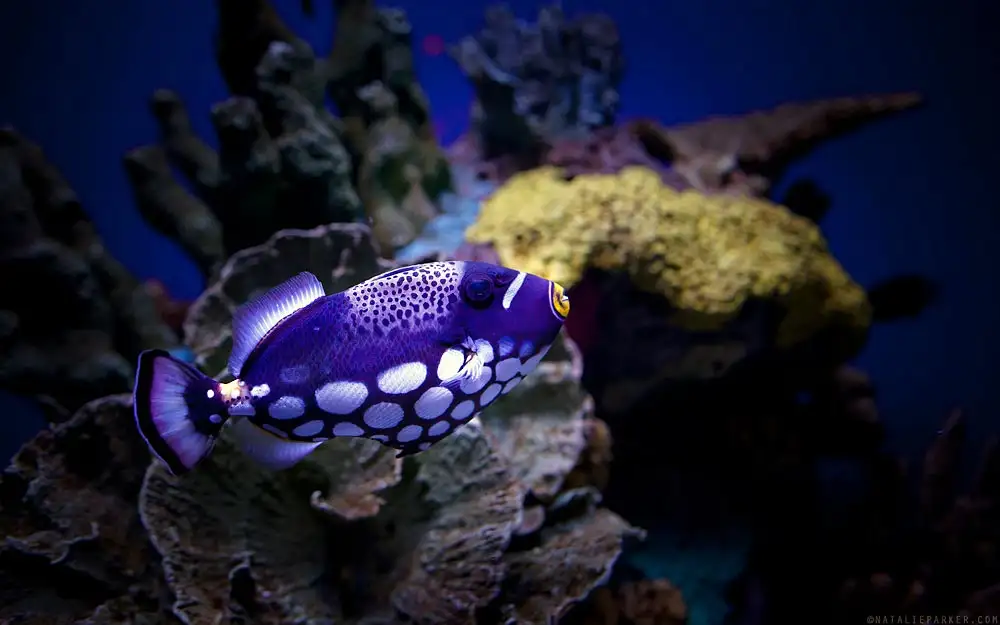
Balistoides conspicillum (Clown Triggerfish)
Balistoides conspicillum
Balistoides conspicillum—the clown triggerfish—is a member of the Balistid···
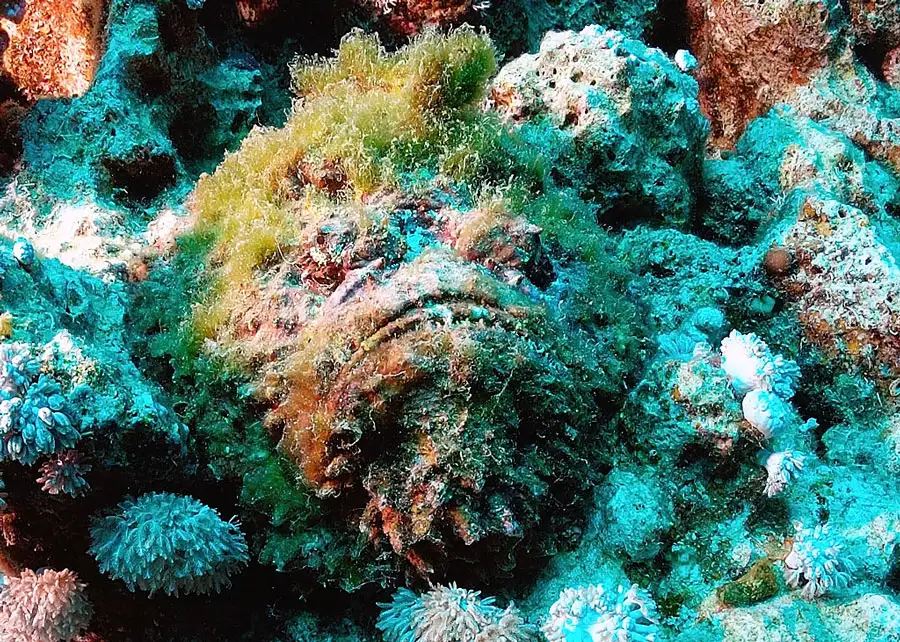
Reef Stonefish
Synanceia verrucosa
The reef stonefish (Synanceia verrucosa) is a member of the Synanceiidae and···
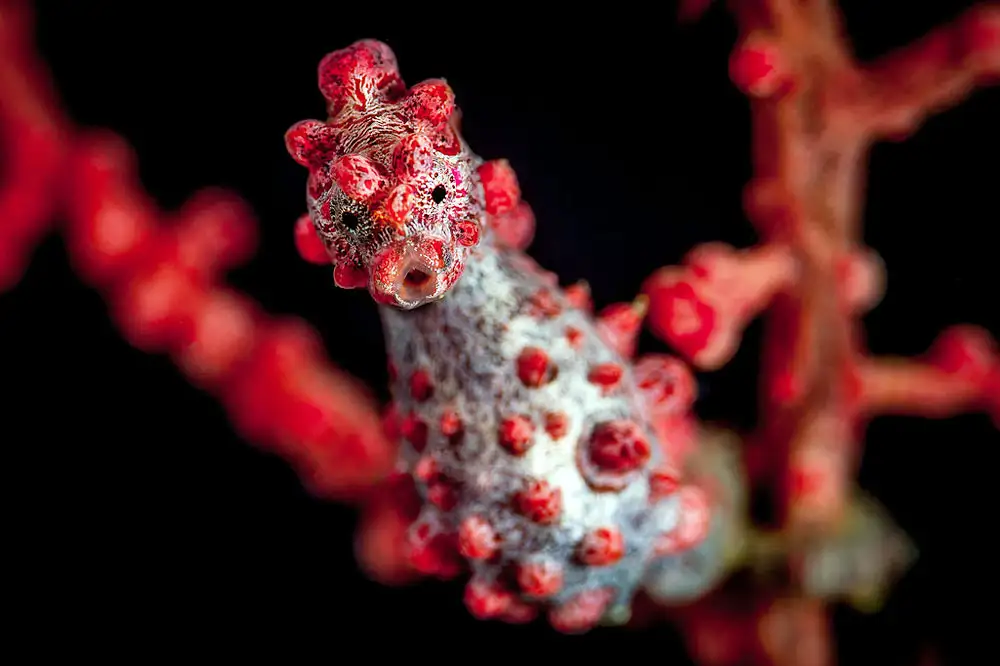
Pygmy seahorse (group overview)
Hippocampus (pygmy complex)
Pygmy seahorses are miniaturised Hippocampus noted for extreme crypsis and m···
